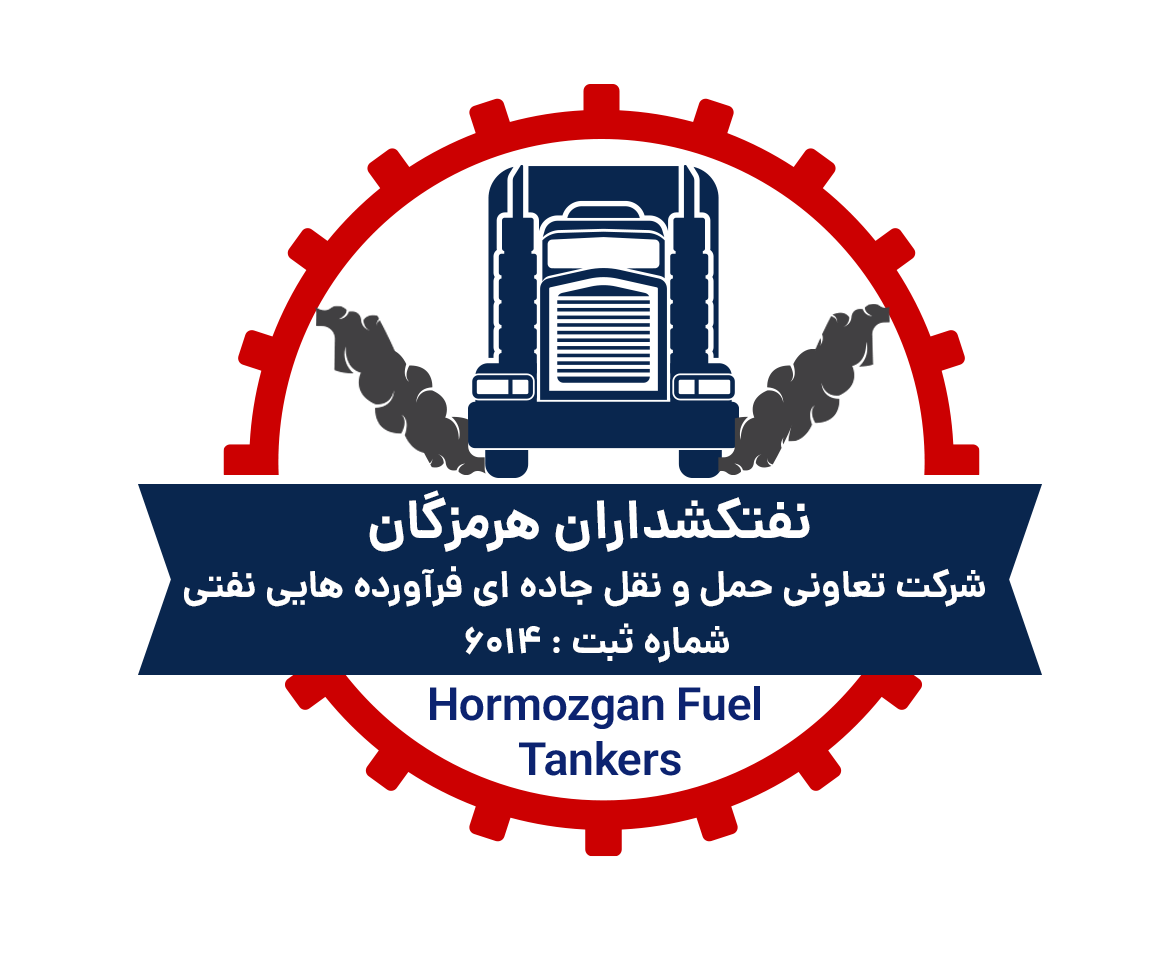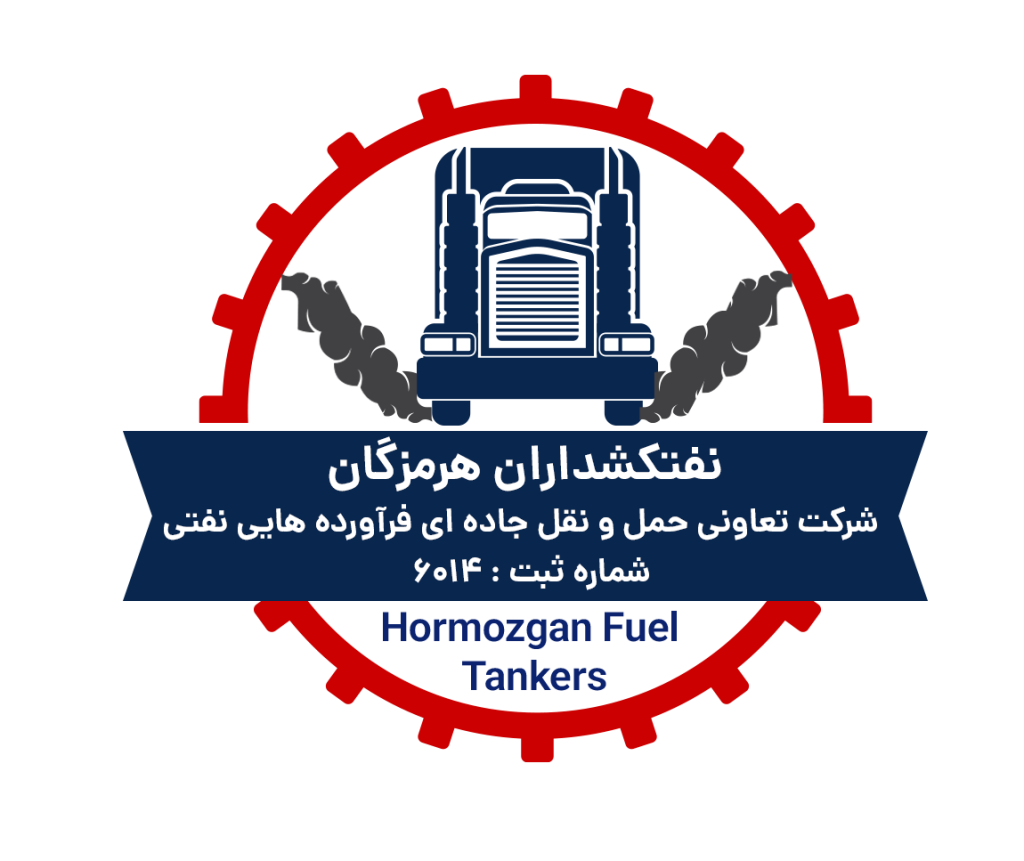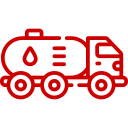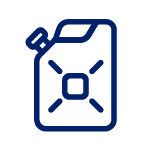Abstract
Road transportation of liquid fuels, due to their flammable and hazardous nature and impact on public safety, requires strict adherence to technical standards and the use of advanced safety equipment. This research examines national and international standards in fuel transport, types of safety equipment used, and operational safety requirements on roads. Findings indicate that failure to observe technical principles not only increases the risk of incidents but also imposes heavy social and economic costs.
Keywords
Road transportation, fuel, technical standards, fuel tanker, safety equipment, explosion, leakage, HAZMAT
1. Introduction
Transporting petroleum products such as gasoline, diesel, and other liquid fuels is a fundamental infrastructure component in energy supply for countries. In Iran, this process also comprises a major part of the fuel distribution chain. However, due to the high risks involved, stricter technical regulations in design, operation, and oversight of transport operations must be implemented.
2. Technical Standards for Fuel Tankers
2.1 Tank Design Standards
Fuel tankers must be designed in accordance with international standards such as ADR and the UN Recommendations. In Iran, national standard ISIRI 7598 serves as the main reference for the design and construction of fuel transport tankers.
2.2 Active Warning and Safety Systems
Some tankers are equipped with systems such as leakage sensors, fire suppression systems, and speed/brake alert mechanisms, which must be periodically tested.
3. Safety Equipment for Drivers and Vehicles
3.1 Mandatory Driver Equipment
Flame-resistant clothing, safety boots, handheld fire extinguishers, MSDS, safety goggles and ear protection
3.2 Mandatory Vehicle Equipment
Fire-resistant tarpaulin, emergency spill kits, HAZMAT placards, GPS system
4. Operational Safety Protocols
4.1 Loading and Unloading
Grounding, avoiding operations in severe weather, use of automated loading arms
4.2 Driver Training
Training in fire response, fuel spill management, and safe driving in high-risk routes
5. Analysis of Accidents and Contributing Factors in Iran
Studies of high-incident cases indicate that fleet aging, insufficient driver training, and weak field supervision are among the main causes of accidents.
6. Conclusion and Recommendations
Strict compliance with technical and safety standards plays a crucial role in reducing risks associated with road fuel transportation. Equipping tankers with modern warning technologies, continuous driver training, and mandatory periodic inspections are highly recommended.
References
- National Standard Organization of Iran (ISIRI 7598)
- ADR Regulations – UNECE
- Safety Guidelines for Hazardous Materials Transport, Ministry of Roads
- Fire Safety in Road Tanker Transport, Journal of Hazardous Materials, 2021












